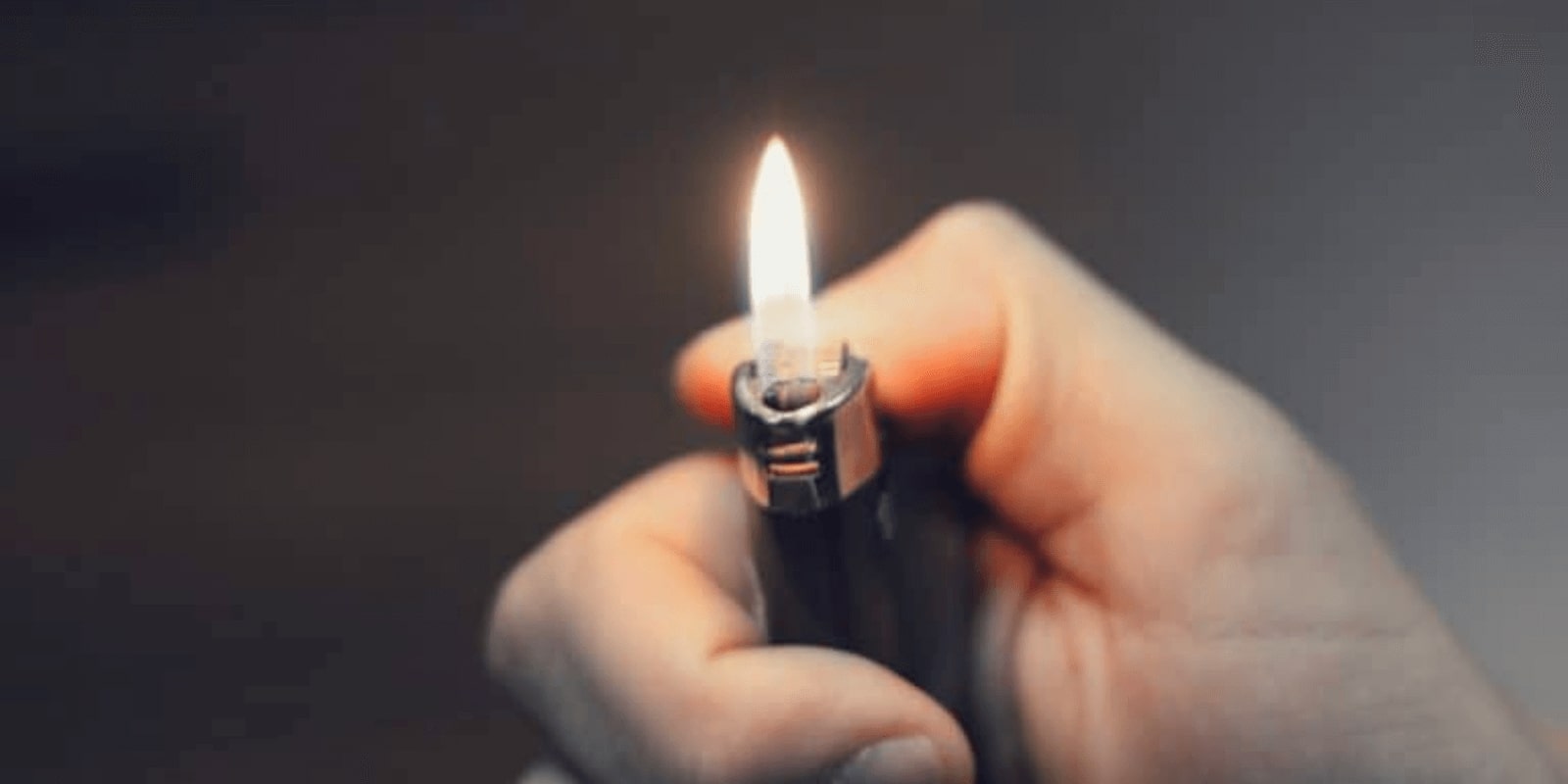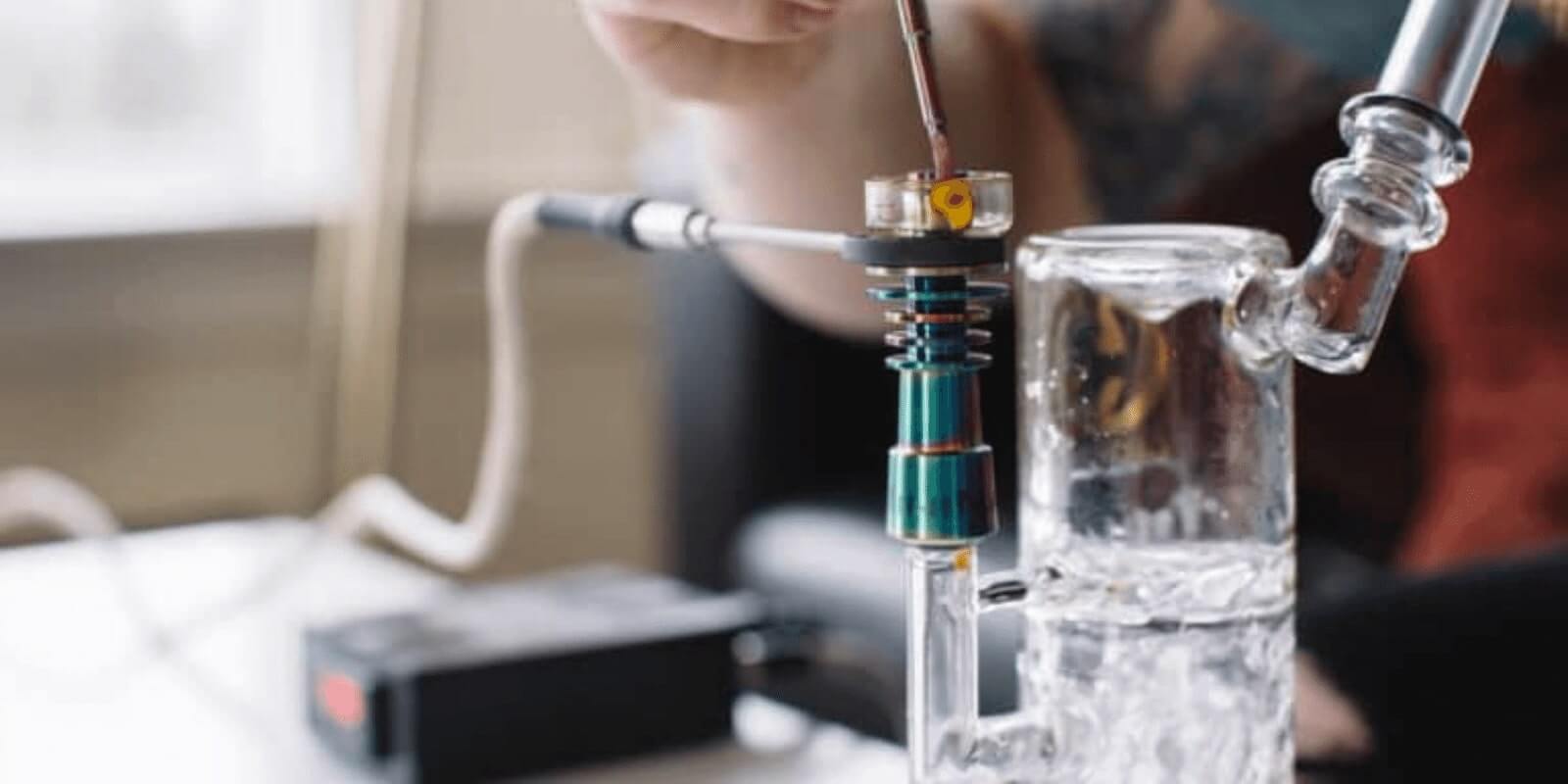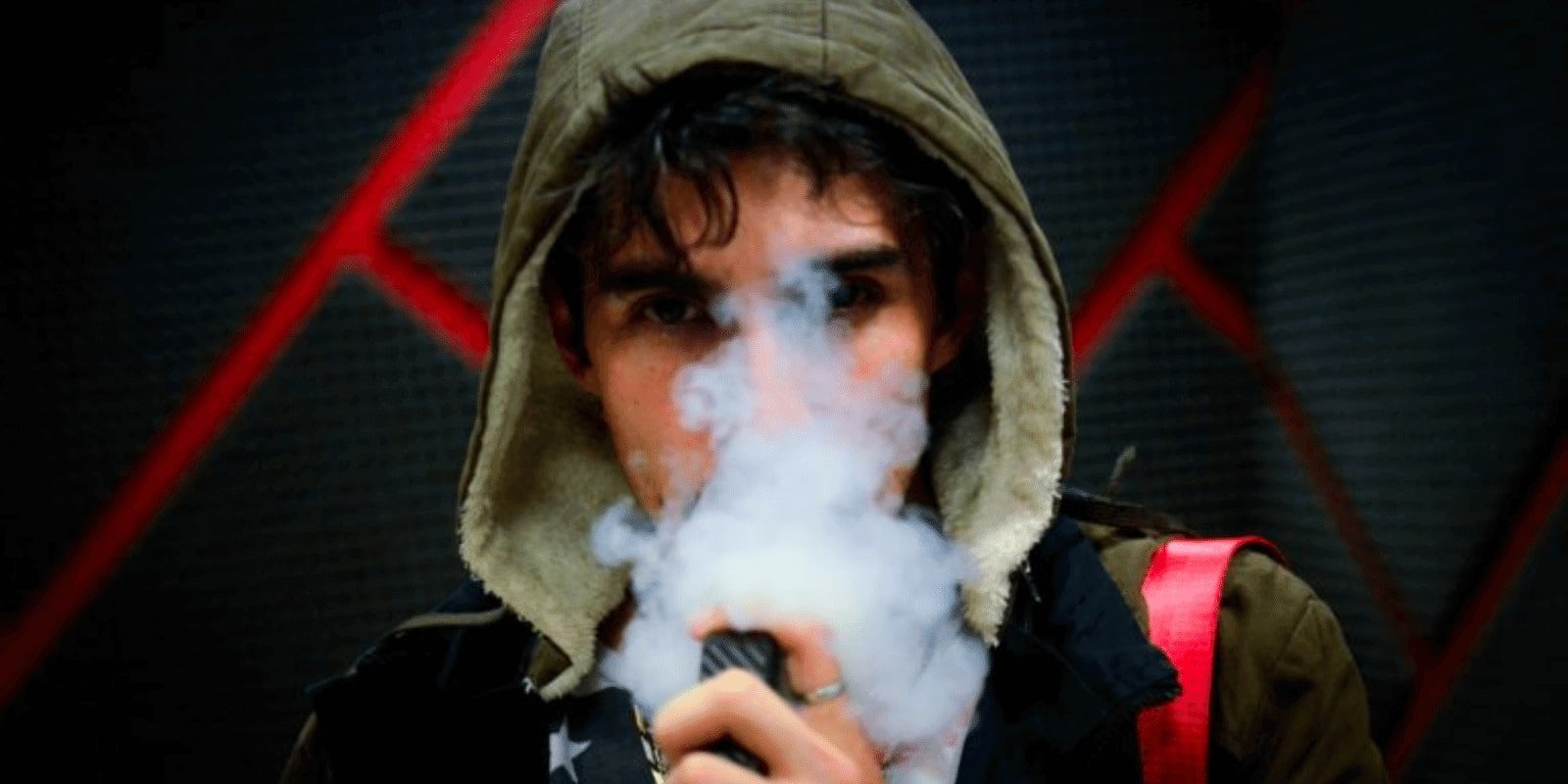Marijuana Use Among Teens And Young Adults: The Complete Guide


Teens smoke marijuana for many reasons, including:
According to drugabuse.gov, marijuana is known by some of the following street names:
| Joint | Blunt | 420 | |
| Bud | Doobie | Dope | |
| Ganja | Grass | Green | |
| Herb | Mary Jane | Pot | |
| Reefer | Sinsemilla | Skunk | |
| Smoke | Stinkweed | Trees | Weed |
With the legalization of marijuana (or cannabis) in many states in the US, kids might believe that marijuana is safe to use.
However, like alcohol use, “legal” does not mean “harmless.”
The active agent in marijuana or cannabis that makes people feel “high” is called tetrahydrocannabinol or THC. Cannabis extracts are commonly used among teens who use marijuana. Extracts have higher doses of THC than smoking the cannabis plant itself.
Using extracts is called “dabbing,” and extracts can be smoked or inhaled through vaporizers or vape pens.
Street names for extracts include:
Legalization can make getting marijuana easier for teens. They might have a friend or family member who is prescribed marijuana or other products with THC and shares their prescription with others.
Teens might buy illegal marijuana or other illicit drugs from peers at their school, friends, or other “dealers” they met through friends. During parties or while hanging out with friends, teens might be around other kids using marijuana and try the substance to fit in.

Thirty-eight percent of high school students report having used marijuana at some point in their lives.
Over one in three teens have tried marijuana. However, not all teens use marijuana daily. The prevalence of daily use among teens surveyed was highest among 12th graders, at 6.9%.
Marijuana can affect the developing brains of teens and cause issues into adulthood.
Despite the perceived safety due to legalization, marijuana can have negative effects in the long term. Teens and young adults with developing brains might have impaired brain functioning from excessive marijuana use.
During the teen years and into young adulthood, brain development of things, like decision-making, problem-solving, organizing, self-monitoring, and completing tasks occurs.
The use of marijuana can have long-term effects on developing these higher-order brain functions.
Regular marijuana use can cause some of the following:
Some teens and young adults use marijuana and other substances to self-medicate to cope with stress, anxiety, and other issues. They might not develop healthy coping skills to handle stress without marijuana.
Without healthy coping skills, teens are at risk of having mental health problems throughout their lives. Young people might even develop a substance use disorder early in their lives, which can have long-term effects.
The mental health effects of heavy and frequent marijuana use in teens can cause problems in their lives.
When teens do not develop healthy coping skills, they are vulnerable to drug abuse as a form of self-medication and are also at an increased risk of self-harm or suicide. Teens can also experience impairments in other areas of their health and wellness.
Marijuana use can lead to social problems, such as:
When teens have no interests or social life due to marijuana use, they might not know themselves very well beyond wanting to get high. When young people do not have meaningful activities, they are less likely to meet like-minded friends.
Marijuana use can lead to physical health issues due to smoke and side effects, such as:
A fatal overdose from marijuana or other cannabis products is not likely.
However, when a teen uses concentrated THC or large amounts of marijuana, the effects of the drug will be greater.
An impaired judgment under the influence of cannabis can lead to poor decision-making and risky or dangerous behaviors.
Some adverse physical health effects of having high amounts of THC include:
When used in high doses, the negative mental health effects of marijuana can be severe, such as:
Many of these side effects are short-term and wear off within 24 hours. However, depending on the frequency of marijuana use, the side effects might last longer or lead to developing long-term mental health problems.
According to the National Institute on Drug Abuse (NIDA), marijuana is addictive and about 9 percent of marijuana users get addicted.
The NIDA also states that “this number increases among those who start young (to about 17 percent, or 1 in 6) and among daily users (to 25–50 percent).”
Research shows that teens are at a higher risk of developing addiction and cannabis use disorder when they start at a young age. The developing brain is vulnerable to desire anything that feels good, like getting “high.” Chemicals like THC can hijack the brain’s natural reward system.
Drug addiction can be broadly defined as using a substance despite the negative consequences. A teen might be addicted to marijuana if the use of marijuana is prioritized above everything else in their life, school, friendships, family, hobbies, etc.
A teen might also be addicted if they continue to use marijuana despite experiencing negative consequences, like legal issues resulting from use.
Psychotic symptoms, like hallucinations or delusions, are potential side effects of marijuana use.
Psychosis refers to losing touch with reality through the senses. Psychosis is a feature of mental illnesses like schizophrenia and schizo-affective disorder.
Although words like “psychotic” have become synonymous with violence, psychosis refers to experiencing hallucinations or delusions.
Any of the five senses can be affected by hallucinations. A person might hallucinate by seeing, hearing, tasting, and smelling things that are not really there.
Delusions refer to beliefs that do not match reality. For example, a person might believe that they are someone else or that they have supernatural abilities.
Many of these psychotic symptoms are temporary and will go away after a teen stops using marijuana. However, regular use of marijuana in adolescents and young people can contribute to developing mental illnesses with psychosis, like schizophrenia.
According to World Psychiatry, “Regular cannabis use predicts an increased risk of schizophrenia, and the relationship persists after controlling for confounding variables.” Due to the sensitivity of the developing brain, heavy use of marijuana can be damaging long term.
Marijuana can be bad for teens and young adults long-term due to negative effects on the developing brain.
Young adults regularly and frequently using marijuana are at a higher risk of developing mental illness and psychosis.
Due to the effects of marijuana on the developing brain, they might grow up with a lower cognitive ability than peers of the same age. They might struggle with relating to their peers or socializing with them.
Teens regularly using marijuana might struggle to make long-term decisions, such as choosing a career path, developing romantic relationships, going to school, or moving out on their own.
Smoking marijuana regularly and frequently can lead to delays and impairments of the developing brain of teens.
The brain continues to develop for young adults into around the mid-twenties. As the brain develops, young adults reach milestones in higher-order functions, like long-term planning, following through on goals, and decision-making.
For teens, a lack of these crucial skills can result in impulsivity, irritability, mood swings, low frustration tolerance, and poor emotional regulation. Regular use of cannabis can impact the mental health of teens, just like any other type of substance use.
The consequences of cannabis use on the developing brain can lead to long-term issues into adulthood.
CBD is a compound in marijuana that can be extracted which has some medical and psychiatric uses, but does not get people “high.”
Marijuana contains cannabinoids and not of them creates a feeling of being high. CBD or “cannabidiol” is one of the most commonly known cannabinoids.
CBD has been used for treating anxiety, depression, chronic pain, and other issues. However, the marijuana that most teens use contains both THC and CBD.
Studies on the effects of CBD are relatively new, and so knowing if CBD is addictive is difficult to say with certainty. Many studies suggest that CBD is a safe alternative to marijuana (containing THC) for treating anxiety and depression, yet much is unknown.
While some people suggest trying CBD to treat stress or anxiety for teens, consulting a health care professional is best when considering alternative treatments.
Mental health issues can be the result of psychical health issues. Consulting with professionals can rule out other underlying issues before psychiatric treatment. Psychiatrists might have other recommendations for teens to cope with anxiety and stress.
As with any therapeutic intervention, parents should consult with a trusted medical professional to determine the safety and efficacy of CBD and other treatments.
Some common devices used to smoke marijuana include:
Teens are now using vape pens and other vaporizers to use marijuana. Vaporizing can pose health risks similar to cigarette and marijuana smoke. Many believe that vaping is a safe alternative to smoking; however, the research is still new and suggests health risks.
Vaping devices can look like everyday objects, like pens or USB sticks. Vaporizers can also contain flavors, like fruit or mints, which can disguise the scent of marijuana smoke.
Vaping on its own does not necessarily lead to smoking weed. Teens and young people are vaping more than smoking cigarettes. However, vaping still contains harmful substances that can damage the lungs.
Teens might also vape with marijuana mixed in with extracts of THC in the form of vaping oil. They might mix THC oil with nicotine or other flavored vapes to disguise marijuana use.
Other forms of ingesting marijuana include:

Teens who vape are more likely to smoke weed than those who do not.
According to the National Institute on Drug Abuse (NIDA), “young people who used vaping devices (also called e-cigarettes) were 3.5 times more likely to use marijuana.”
Though more research is needed to understand the high correlation between vaping and marijuana, nicotine might contribute. While many believe that vaping is safer than smoking, vapes still contain nicotine, leading to using other drugs.
E-cigarettes and vaping are the most common way that teens use tobacco products. According to the CDC, “About 1 of every 5 high school students (19.6%) reported in 2020 that they used electronic cigarettes in the past 30 days.”
Due to the high correlation between vaping and using marijuana, teens who vape might be at a higher risk of using cannabis than those who do not vape.

Drug testing at home is a personal choice for parents with no right or wrong answer.
Parents might wonder if they should drug test their teenagers. However, drug testing based on suspicions can damage a relationship. Parents might want to consider drug testing only when they have evidence of substance use, like finding drugs in the home.
Drug testing might also be a part of a treatment plan if your teenager is home from drug rehabilitation.
Parents might also wonder if they should contact the police if their child is using cannabis. Again, this might lead to damaging a relationship with your child.
However, if your child is in imminent harm from overusing marijuana or engaging in dangerous behaviors, call the police or other authorities.
When a child’s life is in danger, parents often need additional support to keep their child safe.
If you suspect that your child is using marijuana and other drugs, you might want to talk to them first before running to the drug store for a test. Kids might be struggling with other issues that need parental guidance before they worry about “getting into trouble” or “being caught.”
The best way for parents to talk to their teens about drug use is to keep some of the following tips in mind:
When it comes to talking to your kids, you always have to come from a place of curiosity and non-judgment. And as we know, that can be really, really difficult.
Especially when you’re scared, you’re nervous, you’ve noticed some big mood swing changes, or some pulling back from activities that your kid used to enjoy. With all of that, it’s super important to ask questions, be prepared for the answers. And then again, always come from a place of curiosity.
What is Reflective Listening?
Reflective listening is a communication strategy involving two key steps: seeking to understand a speaker’s idea, then offering the idea back to the speaker, to confirm the idea has been understood correctly. When reflective listening, try to refrain from giving advice or opinions.
Example of Reflective Listening
Teen: “I’ve been so angry and depressed lately”
Listener: “It sounds like you’ve been feeling depressed recently.”

Tone makes a huge difference.
Nonverbals make a huge difference.
Especially when you’re still learning how to communicate with each other in family therapy, nonverbals can cause a family session to completely turn upside down.
The same thing happens when you’re curious, and you’re asking questions about substance use, or maybe the mood changes that you’ve experienced with your child lately.
Tone and your nonverbals are likely going to communicate more than what you’re actually verbalizing.
Never ever address your child when you’re frustrated or when you’re angry.
This recommendation is specific to the topic of substance use because you know that in life, there are naturally going to be disagreements.
Disagreements are necessary for every healthy family because you need to be able to express your opinions, we’re all different people.
However, when you come to learn about substance use, we are really trying to find an authentic response from our child. And that’s not going to happen if we’re coming to the table with our own frustrations, stress, fear, etc.
Unfortunately, those are all really natural responses to learning that someone you love has a substance use disorder. You’re thinking, “I don’t know if my kid is going to be okay. I don’t know what they’re going through.”
Take the time you need before you address your child about this. And make sure, again, that you’re ready to hear those responses.
Because if you’re asking really tough questions, you have to be prepared to get really tough answers.
It’s a very emotionally tough process, and that’s why it’s important to reach out for support.
Parents need to practice their own self-care and receive their own individual therapeutic support because this is really a family systems process.
It’s not just the child who’s struggling. It’s an entire family dynamic that’s usually struggling in this case.
The main nonverbal cue that that really causes a lot of shutdown and disengagement with kids is sighing.
Big, long, drawn-out sighs, usually stemming from feeling overwhelmed make kids shut down.
Also, things like lack of eye contact or eye rolls – these things really just naturally insinuate shame, right?
They insinuate that something’s wrong with the child, and it’s so bad that you can’t handle what they are sharing with you.

Recognize that these are very natural responses. It can feel a little out of your element to say, “Oh my gosh, I need to make sure that I don’t sigh during the situation!”
So many times, it takes practice – and that’s not to say that if you sigh or give an eye roll, the entire situation is blown.
If you start to experience these nonverbal cues say, “You know, I’m feeling pretty overwhelmed by what you just shared with me. And I’m really glad that you felt safe enough to share it with me.”
In this way, you can counteract some of those natural nonverbal responses by sharing verbally what is happening for you because being open, honest, and human really creates a safe place for your child to also practice that open communication.
You need to practice your own self-regulation before you’re going to enter into a really triggering conversation.
Because if you’re not regulated, and you’re not able to at least name when you feel overwhelmed, there’s no way that your child or your loved one is going to be able to mirror that for you.
Often, modeling the behavior that you want to see creates that safe place for the person we’re talking to, to mirror us and bring that behavior back.
What is Self-Regulation?
Self-regulation is the ability to remain calm, cope with big emotions, adapt, and respond appropriately to our environment.
Example of Self-Regulation
Instead of acting impulsively or yelling when my brother told me he broke my camera, I took a deep breath and spoke to him calmly.
Cognitive distortions are also known as overgeneralizations.
There’s a list of all sorts of ways that you can kind of distort the way that you’re thinking about something and give it an overgeneralization.
“You always come home late!” Well, probably not always, but it can feel that way. When you’re in the moment, and you’re feeling really overwhelmed, and you’re having feelings of frustration, of course, it can feel like this always happens.
Steer away from those hard “all or nothing” statements.
Focus on finding hope.
When you are in a really low space, it’s really easy to assume that you’re never going to get out of that space. And a lot of times, when families come and seek treatment, they are in a really low place, and they feel really hopeless.
So instead of resorting to that all-or-nothing thinking, Practice a mindset switch from “I’m feeling really hopeless” to “I feel like I’ve tried A, B, and C, and it hasn’t worked. And I recognize that there are other things that we can do.”
What Should I Do Next?
Marijuana among teens and young people can lead to long-term damage to the developing brain.
While many people believe that marijuana and the use of cannabis are relatively harmless due to the prevalence of use and legalization of pot, teenagers using marijuana and other drugs might miss key cognitive milestones that are crucial for higher-order thought processes.
Kids who use marijuana frequently are at risk of developing dependency, addiction, psychosis, and other social and physical health issues.
Sandstone Care is here to help teens with co-occurring substance use and mental health disorders. Call us today at (888) 850-1890 or live chat with us right now. Let’s take the next steps together!


We understand taking the first step is difficult. There is no shame or guilt in asking for help or more information. We are here to support you in any way we can.